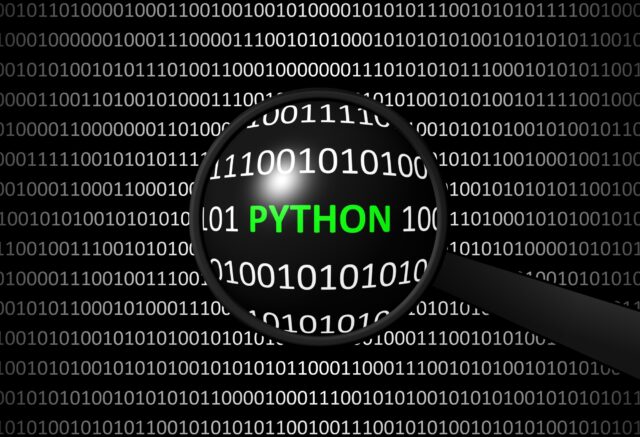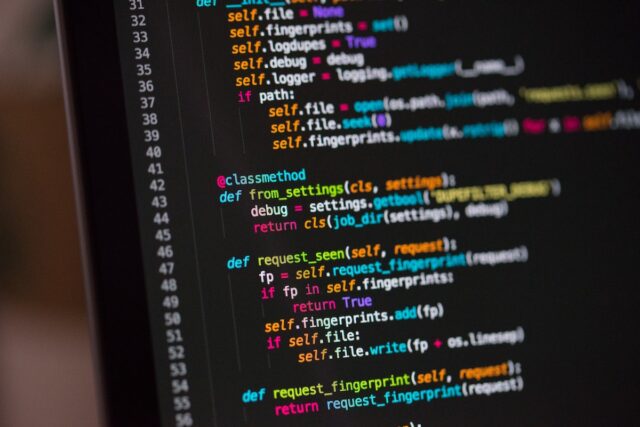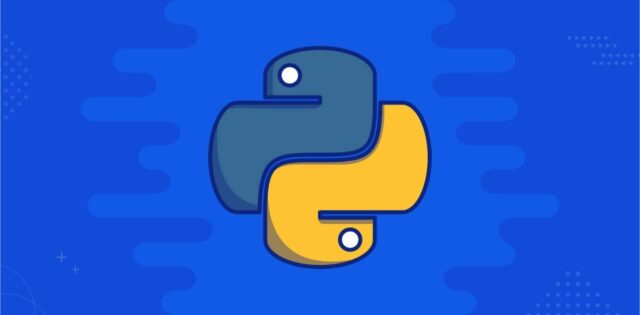
Python is a popular programming language for a variety of reasons. It is an interpreted language that is relatively easy to learn and can be used to work with data efficiently and effectively.
It is ideal for both small-scale and large-scale applications, making it popular among web developers, data scientists, software engineers, game developers, and machine learning practitioners alike.
Advantages of Python
The language has grown in popularity since its introduction in 1991 and continues to be one of the most popular programming languages today. Here are some of the key advantages that make it a great choice for software development in 2025:
-Powerful: It has a broad range of features that make it powerful enough to handle complex tasks with relative ease. Its interpreted nature allows developers to write code quickly and cleanly.
-Ease of use: Python’s syntax is relatively simple, making it one of the easiest languages to learn and use. Even beginners can start working with it quickly, often without needing advanced training or instruction.

-Balanced OOP approach: Object-oriented programming (OOP) is a common programming style used when creating applications with multiple modules or components; this coding language takes an incredibly balanced approach using objects for everything from data storage and manipulation to manipulating databases and GUI components.
-Cross Platform Support: Python supports several operating systems like Windows, macOS, and Linux systems & much more in addition to mobile platforms such as iOS & Android. It also supports both 32 & 64-bit architecture due to which machines can be used for development & execution purposes. This allows you to develop applications easily across various platforms without worrying about portability issues.
-Extensive Libraries & Modules Support: Python programing language includes an extensive standard library that includes many useful modules ranging from math calculations, socket operations, regular expressions, parsers, etc. making coding easier. In addition, there are several nonstandard libraries such as NumPy, scipy, numba, etc. available which extends Python’s capability even further & makes coding fun!
Popular Applications
Machine Learning: As a powerful, versatile language, Python allows for quick iteration and development for machine learning projects. Many ML frameworks such as Tensorflow are written in this language, making it easier to develop and deploy ML models than ever before.
Web Development: In addition to its usage as a scripting language, Python can also be used for server-side web development through frameworks like Django and Flask. These frameworks are designed to make building web apps easier by providing structure and helpful tools out of the box.

Big Data Analysis: With its built-in data analysis libraries like NumPy, SciPy, matplotlib, pandas, scikit-learn, etc., Python makes it easy for developers working with big data to analyze large amounts of data quickly and efficiently.
Scripting: It can be used for scripting in various applications like software testing tools (Selenium), game engines (Unity 3D), CAD/CAM tools (Autodesk Maya/ Inventor), etc. It also provides access APIs to external hardware devices or systems like Arduino or Raspberry Pi’s I/O pins which makes robot programming possible with the help of GPIO Pins Accessible via Python Programming Language.
IoT Applications: The popularity of home automation has been on the rise these past few years and with it so has the need for robust systems that can support an ever-increasing range of devices connected through internet protocols such as WiFi or Bluetooth Low Energy (BLE).
With its cross-platform supportability via BLE libraries installed alongside Python programs running on all types of devices like laptops, PCs or even tiny chips gadgets using Micropython makes programming connected devices easier than ever thought before!
Conclusion
Overall, Python is a great choice no matter which field you pursue—be it web development or data science. As we enter 2025 and beyond 2025 is sure to come with even more demands for development work both simple as well as complex.

With that being said we can with certainty say there’s no better tool than Python when it comes to programming languages!













